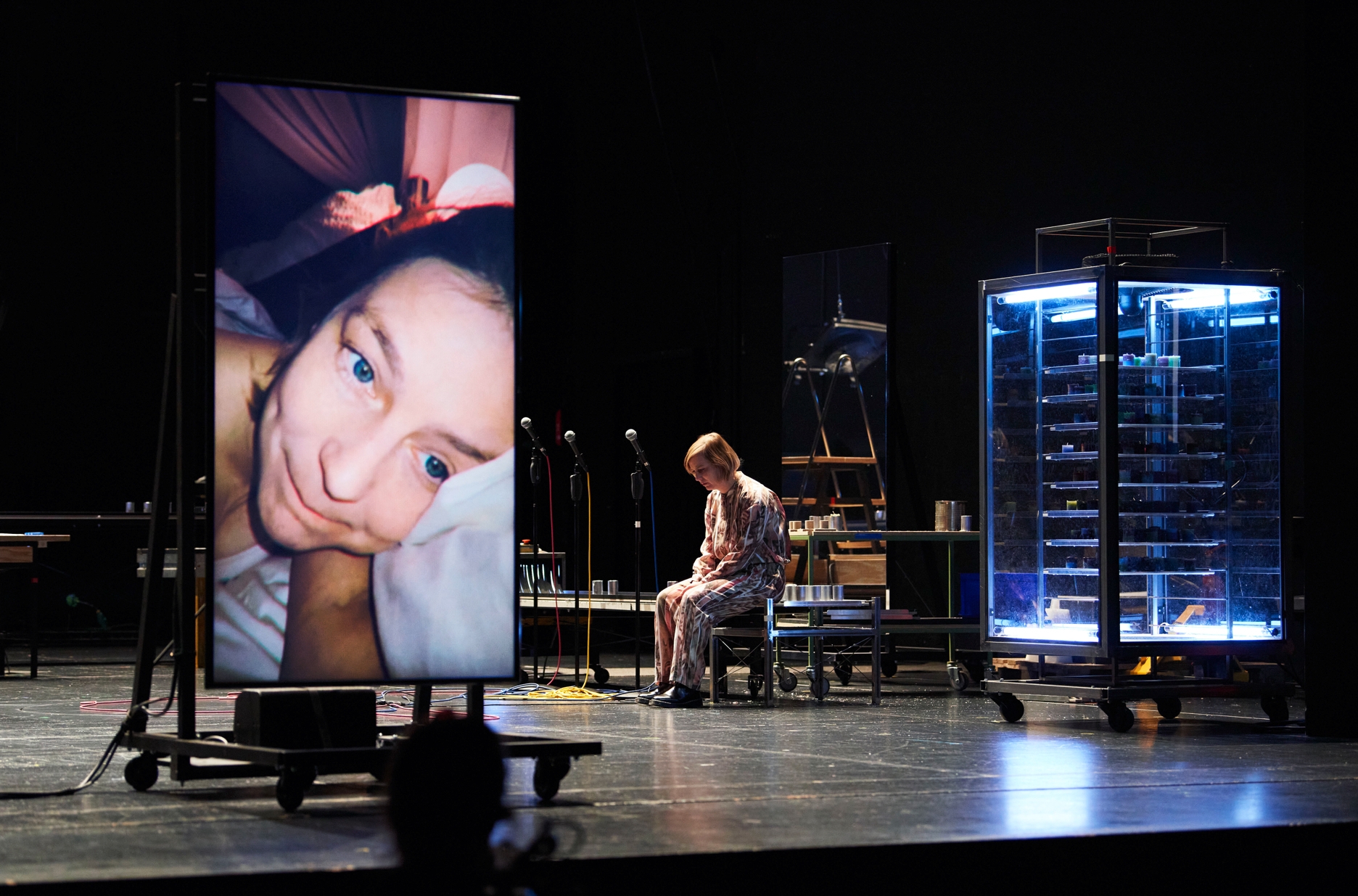“The Ring of the Nibelung” or just “The Ring” ? Wagner’s work is so well known in the German-speaking world that there is sometimes no need to write the full title, but whenever I talk about it with friends who don’t go to the theater very often, I worry that people will mistake it as the “The Lord of the Rings”. But who are the theater-goers? And who are these non-theatergoers exactly? In the original text of The Ring, which is inherently racist, sexist, and beloved by Hitler, wouldn’t it be inappropriate to bring it to the stage just as it is? In the Zurich theater’s version, Necati Öziri, a second-generation immigrant, rewrites the Ring, combining his own experience with his non-“pure German” identity to break down the discriminatory core of the work that lies beneath the story of the gods and the elves, and to reintroduce the core of resistance and rebel against the long-existed social structure, making sure that none of the lines in the entire play are the same as the original. Öziri, as the author, has also taken on the role of doing the introduction for the audience, this a common role in director Christopher Rüping’s plays, from Nils Kahnwald in “Drumming in the Night” and “Dionysos City” to Benjamin Lillie in “It Can’t Happen Here”, the intro role of each work is my favorite part. Every time in the beginning of the show it feels like old friends who hadvn’t seen each other for a long time finally had the chance to sit under the same roof again.
The four-hour performance is divided into six long monologues. Brünnhilde, the favorite daughter of Wotan, cannot be a hero after all because she is not a man; the son of the giant who built the temple of Valhalla, who is from a completely different class from the gods, suffers from the exploitation and thus rebelled against them, intending to destroy the temple. Öziri uses this 17-hour opera, which bears the mark of its time, as a blueprint to address the social issues of the day, and speaks out for the oppressed in a non radical way, by providing a platform for each character to have a voice, which is already the highest tribute to this classic work of Wagner.

Rüping’s personal marks was throughout the whole play, with dazzling lighting, epic music combined with hip hop and electronic to set the mood, a style that never fails to impress me. Just like in the “Dionysos City”, every time when I’m watching his mythological plays, it feels like being in the temple of Valhalla, and the gods of the heavens seem to be real in the world we live in. But after seeing almost all his works in the past five years, I think “The Ring” is less harmonious than the previous ones, the performance and text are like two cogs that do not fit tightly together, most of the time there is a sense of misalignment, when the text reaches the climax, the performance on stage is always a beat slower, and when the performance is in place, the music seems to have not kept up.

In the set designed by Jonathan Mertz, the actors never came off the stage, while one person was monologuing in front of the audience, everyone else was making handmade candles on the production line in the background. Although I was happy to get the candles, I felt that the set was torn between “fun” and “keeping the the non-performing actors busy”, and that if the set had allowed the actors and other members of the monologue to interact with each other, it might have made the whole production more complete.

7/10
Every time I come to Zurich was for Rüping’s play. This time, after taking a closer look at the 2022 performance list, there is full of surprises, in addition to various new plays, “Das Weinen” which is selected for the Zurich Theatre Festival, “Der Mensch erscheint im Holozän” for the Berlin Theatre Festival 2020, “Einfach das Ende der Welt” and “Medea”for the Berlin Theatre Festival 2021, “Faust 1+2” at the Berlin Theatre Festival 2012 are all plays very worthy seeing.
Photo: © Sabina Boesch



